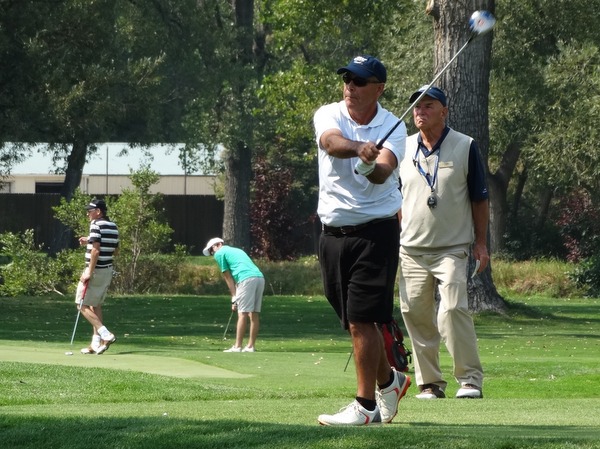As with many things in life, the business of golf is all relative.
In Colorado that translates into, it may not being doing great, but it’s a little better than it was.
At least that’s what the Colorado Public Golf Course Rounds and Revenue Survey has revealed the last couple of years.
The 2015 data for the survey was recently compiled by the CGA, and one of the most notable takeaways was that for the first time since the Great Recession, the number of public-course rounds played in Colorado increased in back-to-back years.
After a 3.6 percent increase from 2013 to ’14, there was a 1.2 percent jump from 2014 to ’15. Those upticks are small, but they’re certainly better than the trend previously, when rounds decreased from the previous season in three of the four years from 2010 through 2013.
“I wouldn’t look at (relatively) flat as a negative; I’d look at flat as a positive in a down economy,” said Eddie Ainsworth, executive director of the Colorado PGA. “I’m not just trying to paint a rosy picture. I literally believe that. If we’re flat and we’re currently in the economy we’re in, that’s a good thing.”
And the results in Colorado largely mirrored the nationwide data in 2015. The National Golf Federation announced earlier this month that total U.S. rounds increased 1.8 percent last year compared to 2014.
Of course, weather variations year to year play a big role in the number of rounds played. CGA executive director Ed Mate, for one, would like at some point to be able to work a weather component into such surveys so they’d be more meaningful.
“This (Public Course Rounds and Revenue Survey) continues to be a pretty good barometer of what’s happening,” Mate said. “But (I’d like to see) somebody just lay weather on top of this so we can compare inventory of (playable) days. I think the industry has a long way to go to do this better both locally and nationally so we have our fingers on the pulse.”
In the most recent Colorado Rounds and Revenue Survey, 65 public courses — par-3 facilities included — reported specific figures for both 2014 and ’15. And the 18-hole equivalent rounds for those 65 reporting courses showed an increase from about 1.762 million in 2014 to 1.783 million in 2015.
Though Colorado public course operators share their statistics on the condition that data from individual facilities aren’t divulged publicly, trends and averages from the survey can be reported.
As for green-fee revenue, it also increased, on average, from 2014 to ’15. The norm of the jump was almost 3 percent this time around for courses that reported figures from both years.
“When you look at where we are in golf, the way we’ve positioned ourselves with what’s happening in golf, I really think our future is bright,” Ainsworth said. “I think we’re positioning ourselves with junior golf programs, with more associations working together and different things like that, so I’m optimistic.”


